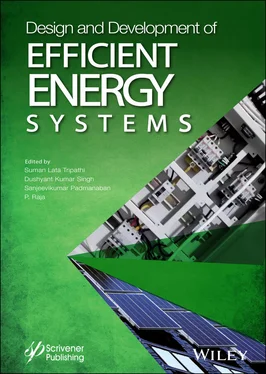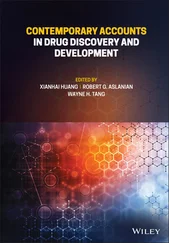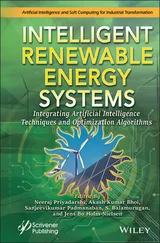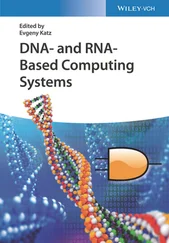Sensor datas such as sounds, vibrations, images, electrical signals or accelerometer or other kinds of sensor datas are collected and trained by various classifiers. The classifier Support Vector Machine (SVM), Neural Networks (NN) and Convolution Neural Network (CNN) can be used to train the data.
The proposed system estimates the risk factor in sewer gas leakage. Hence it provides a cheaper solution than other existing mechanisms and is well suited for real-time applications.
The main objective of this project is to monitor the level of toxic gases present in the drainage.
To increase safety for sanitary workers.
To prevent the damage at initial stage. The system is very useful to create awareness among the public.
3.1.3 Contribution of this Chapter
The following are the contribution of this chapter:
Carbon Monoxide sensor, Hydrogen sulphide sensor and Methane gas sensors can be used to detect sewer gas.
Ultrasonic sensor can be used to detect the crack [1–3].
Consequent Tristate Pattern classifier is proposed to train the sensor data. Based on thresholding sewer gas leakage risk factor is detected.
Proposed Consequent Tristate pattern can be used to give an accurate detection process.
3.1.4 Outline of the Chapter
The rest of this thesis is organized as follows.
Section 3.2discusses the previous works related to crack and sewer gas leakage level detection. Section 3.3discusses the working process of the proposed system. Also, it gives details about the proposed feature descriptors constituting the Tristate Pattern. Section 3.4presents the implementation of the proposed approach and the experimental results. Section 3.5presents conclusions and also future directions for research.
A detailed survey of previous works on sewer gas and crack detection is made in this chapter, and the problems associated with these approaches are highlighted.
3.2.1 Sewer Gas Leakage Detection
Mahyar et al. have proposed the system for sewer gas detection. The authors present another sensor and supporting stage for aggravation sewer gas identification and checking. The sensor is manufactured utilizing a profoundly specific microfluidic gas channel combined with a delicate metaloxide semiconductor (MOS) sensor. The supporting stage comprises an exceptionally manufactured syringe siphon, robotized test conveyance, and vaporization chamber. To exhibit the sensor’s affectability to H2S (a significant segment in sewer gas blends), various convergences of H2S in a fluid stage are distinguished utilizing exceptional element extraction strategies and adjusted utilizing gas chromatography. Also, another arrangement for checking and identification of gaseous H2S tests is created and analyzed against the aftereffects of the aqueous examples. This correlation shows that in spite of the fact that the highlights of the gaseous and aqueous examples share a few likenesses, the moistness in the last hoses the reaction of the sensor. At long last, the capacity and capability of the proposed detecting stage is additionally shown by recognizing H2S from different gases present in the sewer.
In review [9] a plan is recommended that gets Wireless Sensor Networks (WSN) for air contamination checking framework, called Wireless Sensor Network Air Pollution Monitoring Framework (WAPMS). This uses Air Quality Index (AQI) as the primary parameter and utilizes information conglomeration calculation to blend information to expel copies and channel out invalid readings. Proposition [5], the creators have planned an astute private security alert and remote-control framework based on single chip PC to beware of dangerous gas spillage in homes. The Internet of Things (IoT) [6–9] is extensively being seen by investigators as a standout among most present-day developments with the capability to fundamentally change prosperity, security and security and address genuine impacts inside the overall population.
Crack is one of the most widely recognized deformities happening in the metal parts, with specific results in liquid vehicle pipes. The reason for the cracks is the presentation of the metal to mechanical and warm pressure, bringing about an imperfection in the partition of the inner precious stones, because of weakness. For pipes, this demonstrates there is a tempestuous weight inside, during activity, which prompts a slight change in their shape, bringing about steady shortcoming and the presence of cracks, which can become bigger over time. The most significant techniques used to identify the channels’ cracks, which can fit to a portable robot for outer funnel examination are: PC vision frameworks (camera), attractive field estimations and acoustic identification (receiver). Picture examination methods were likewise used to recognize welding absconds in pipelines [24], recently a warm picture examination framework has been proposed for non-ruinous tests (NDT), during warm pressure tests [25]. The utilization of a profoundly delicate framework to identify little cracks (around 500 μm) [26] demonstrated that the location of cracks was dependent on warm imaging in excitation techniques relying upon whirlpool flows [27]. Beat stage thermography [4] and subsidiary systems for crack recognition were likewise evolved [26], while a laser innovation for “dynamic warm imaging of the spot plane” was utilized [27]. This one depends on the nearby fervor of where the laser shaft from the camera falls on the assessed pipe, like the examination strategy utilized in the task ThermoBot [8].
This project targets giving keen answers for screening toxic sewage gases and takes a shot at an arrangement of live sewage level discovery and observation. At whatever point a specific edge is crossed, an alarm is sent to whoever is inspecting the conditions from a remote area.
The proposed system can be used to detect the sewer gas level as well as cracks in the drainage pipe system. The overall architecture of the proposed system is shown in Figure 3.1.
The system has three tasks: 1. Sewer gas detection using proposed consequent Tristate pattern, 2. Crack detection, 3. Alert is given when the level exceeds the threshold.
3.3.1 Sewer Gas Detection
A sewer system is an underground system of pipes commonly used to transport wastewater from homes and businesses either to a treatment facility, where the water is treated and released into natural water bodies like lakes and streams or in a river to permanently drain out from the area. The sewer manhole is one of the most important parts of the sewer system. A sewer manhole is a structure through which a person can gain access to the underground wastewater collection system. Manholes are not designed for someone to work in regularly, but workers may need to enter the manhole to complete their jobs such as cleaning, repair, inspection, etc. The neglect of sewage systems is responsible for the deaths of thousands of sewage cleaners throughout the year from accidents and various diseases such as hepatitis and typhoid due to sudden or sustained exposure to hazardous gases like carbon monoxide, hydrogen sulphide, and methane. A better knowledge of hazards in the surroundings is necessary for the prevention of poisonous gases. These gases have to be kept on track so that an enormous rise in the normal level of effluents should be known and corrective measures taken.
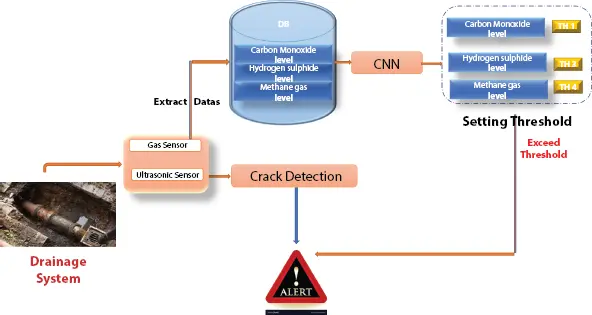
Figure 3.1 Architecture of the proposed system.
Читать дальше
